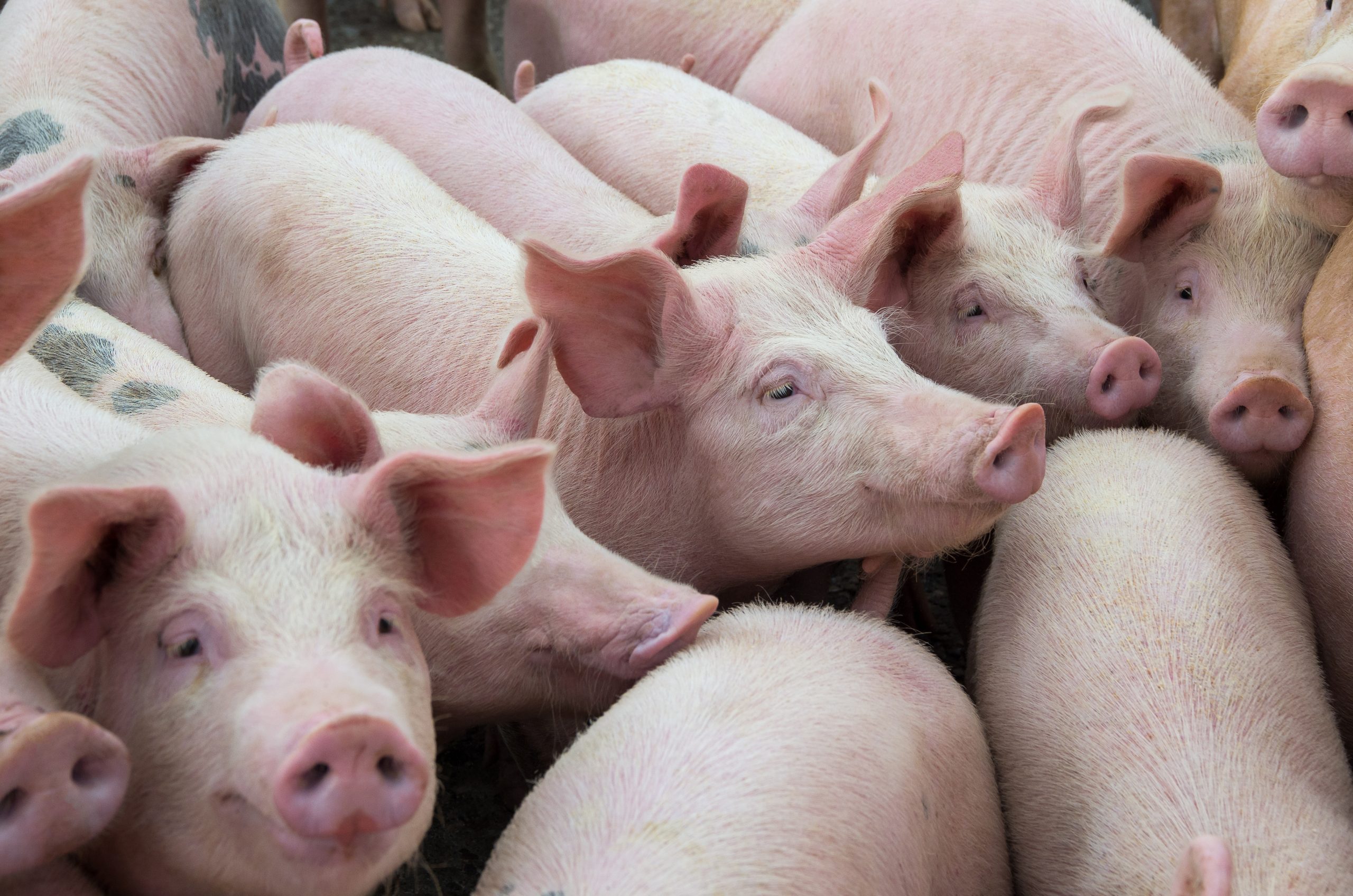
February 02, 2023
As we begin the new year, a lot of uncertainty remains following a tumultuous 2022, but there are reasons to be hopeful and optimistic. While spot margins are not favorable given the recent sharp selloff in hog prices combined with continued high feed costs, projected forward margins look very promising in deferred marketing periods. The current margin in Q1 2023 has deteriorated to a negative ($9.95/cwt.) which would represent the 3rd percentile of the past 10 years for any first quarter. As recently as last month, projected Q1 2023 margins were above the 80th percentile at $5.20/cwt. or higher, and there likewise was a previous opportunity to protect that level of profitability last August for this year’s first quarter. Coincidently, the projection for Q1 2024 is currently $5.27/cwt. which would be just above the 80th percentile of the past decade (Figure 1).

The contrast between this year’s Q1 and 2024 is very stark, a 10-year historical chart shows how infrequently margin values are either above or below either level (Figure 2).

Fundamentally, the picture is mixed as the pork cutout is down almost 10% from the end of last year and at its lowest value in the past 52 weeks. Weakness in bellies has been a big weight on the pork cutout as belly prices are down 35% from last year with freezer supplies swelling. The most recent USDA Cold Storage report pegged belly stocks at 63.06 million pounds at the end of December, up 15.9% from November and 65.7% above last year as well as 31.5% above the 10-year average (Figure 3).

By contrast, ham stocks are at a 10-year low of 53.4 million pounds, down 3.4% from November and 12.9% below last year as well as 22.4% below the 10-year average (Figure 4).

Export demand has been a bright spot with the year off to a solid start. For the week ending January 19 cumulative export sales reported by USDA’s FAS totaled 44,700 MT with both Mexico and China leading in volume sold. While down from the same pace a year-ago, exports are still very strong historically for the month of January, not far from a 10-year high. (Figure 5).

USDA updated pork supply and demand estimates in the January WASDE report, revising pork production higher for the first three quarters of 2023 while revising it down in Q4 relative to previous estimates. Q4 production is expected to be up almost 300 million pounds or +4.3% from last year, implying the USDA is expecting a big jump in the breeding herd as of March 1 and much higher September-November farrowings as well as a larger pig crop than the last report suggested. USDA is forecasting total pork production for 2023 at 27.495 billion pounds, up 485 million or 1.8% from last year.
There is growing optimism that the global economy may be in better shape than previously expected, particularly with China re-opening after sustained Covid-19 lockdowns. Stronger global demand and a weaker dollar which has also been a recent trend would be very helpful and welcome to sustain exports this year amidst increased production. All the same, growing production towards the end of 2023 into 2024 may threaten what are currently projected to be historically strong margins.
On the feed side, corn and soybean meal prices remain elevated as drought concerns in Argentina and strong demand from China are fundamentally supportive. While down from the past two seasons, projected Chinese corn imports of 18 MMT based on current USDA estimates would still be historically large, with an increasing share of that corn expected to come from Brazil (Figure 6).

Meanwhile, USDA trimmed their corn harvested acreage estimate in the January WASDE report to 79.2 million, the lowest since 2008-09 at 78.6 million which lowered production 200 million bushels from the previous estimate (Figure 7).

Soybean meal prices are very elevated also as strong demand and weather concerns likewise support the soybean complex. Longer-term, increased biodiesel production in the U.S. with new plants opening will divert more of the domestic crush to oil which will raise soybean meal supplies; however, this may also lead to more competition for acres which potentially could reduce the corn planting base. While the U.S. domestic crush projection for 2022-23 was left unchanged in the January WASDE report at 2.245 billion bushels, the figure would still be up almost 2% from last season to a new record high (Figure 8).

Fortunately, hog producers have a variety of ways to protect deferred margins using flexible strategies that allow for further margin improvement if hog prices move up, and/or feed costs come down. LRP might be an effective tool to protect deferred hog prices that may also have basis applications should cash prices prove particularly weak in Q4 and Q1 of 2024. Option strategies might also be employed that would likewise protect current hog values while preserving some degree of opportunity to participate in higher prices. Similar strategies can be used to protect higher potential feed costs while also maintaining the ability to realize a cost savings from lower prices over time.
Given the recent sharp deterioration in spot hog margins, producers should have added sensitivity about taking advantage of opportunities to protect favorable forward margins before they potentially deteriorate. Being proactive with risk management to secure forward profitability may prove prudent as the year unfolds in 2023. While it is impossible to know with any degree of certainty where prices are headed, it is important to realize that things often change unexpectedly, and these changes are not always favorable for margins. The past few years have presented numerous examples of how quickly things can change and disrupt profitability. The best offense is typically a good defense, and being defensive with margin opportunities is probably wise in the current environment.